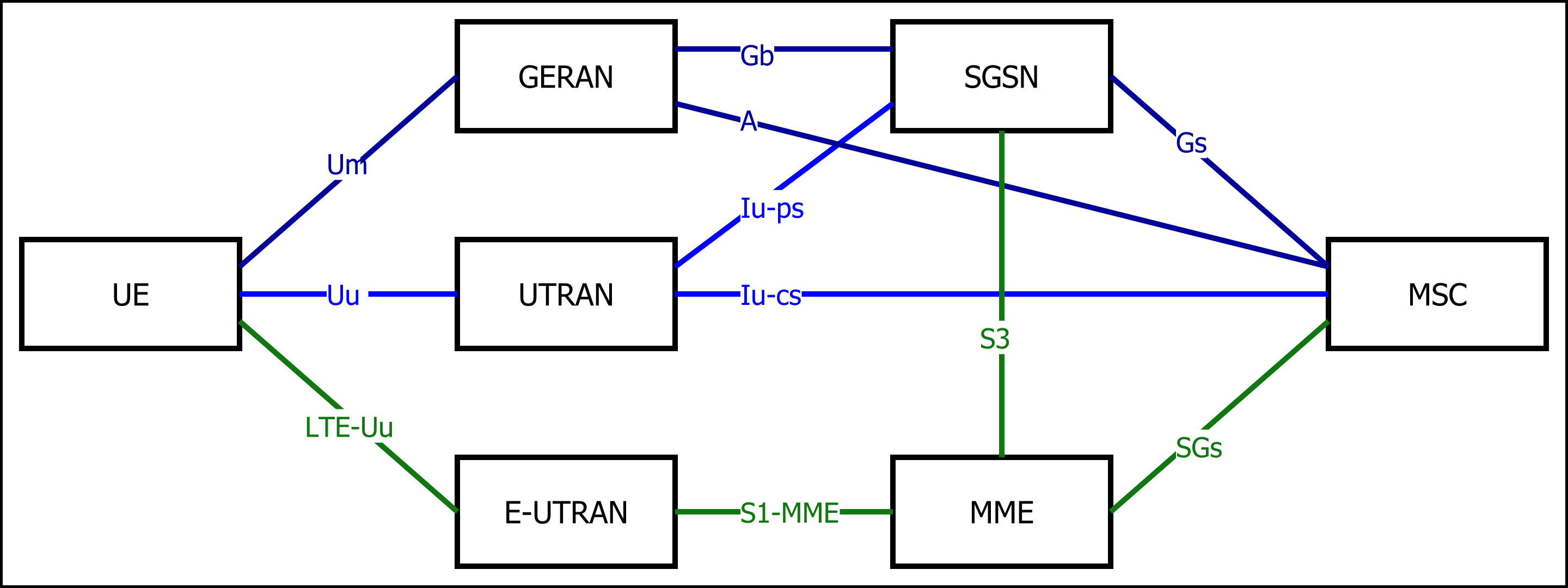Difference Between LTE and CDMA
Wireless communication technologies around the world are evolving faster than any other communication technology till date. Because communication is the very heart of human activity in all aspects of life and may be communication is the basic foundation of the human existence, the advent if this technology raises a wide range of fundamental questions. Over the past few decades, mobile telephony has moved from being the technology of a privileged few to a mainstream technology. Mobile communication technologies have become ubiquitous in a few years and new technologies started surfacing. However, the underlying principle remains the same – to facilitate communication between subscribers on different networks.
That being said, LTE, short for Long Term Evolution, is wireless communication technology in mobile telecommunications systems. Fueled by advances in mobile handset technology and a series of progressions, LTE long succeeded GSM in the mobile radio landscape. The LTE system can be seen as an expansion of service beyond voice calls towards a multiservice air interface. CDMA, short for Code Division Multiple Access, is inherently associated with spread spectrum communication techniques. LTE and CDMA are the basic technologies used in mobile phones. In this article, we’ll try to understand the two technologies and their differences.

What is LTE?
Long Term Evolution, or LTE, is a de-facto standard for high-speed wireless communication for mobile phones. LTE is one of the latest steps in an advancing series of mobile telecommunications systems. The series began in 1947 with the development of the concept of cells by Bell Labs. The use of cells substantially increased the capacity of a mobile communications network. According to the new cellular system, a coverage area is divided into small cells each with its own base station that would operate on a different frequency. Fueled in advances in the mobile handset technology, the widespread acceptance of the LTE standard exceeded initial expectations and helped to create a vast new market. Today, LTE is the fastest wireless connection available for mobile telecommunications systems.

What is CDMA?
Code Division Multiple Access, or CDMA, refers to a set of protocols used in second-generation (2G) and third-generation (3G) wireless communications. It is inherently associated with spread spectrum communication techniques, which were initially developed as a military technology. Since the early 1990s, CDMA has been used for commercial systems, particularly in commercial cellular systems. The first commercial CDMA standard, IS-95, pioneered by Qualcomm, was one of the three major second-generation cellular standards and led to a third-generation of cellular systems dominated by CDMA techniques. In CDMA systems, several users transmit their signals at the same frequency at the same times and their transmissions can be identified by their unique signature signals.
Difference between LTE and CDMA
-
General
– LTE is a de-facto standard for high-speed wireless communication for mobile phones. LTE is a collaborative project of the 3rd Generation Partnership Project (3GPP) forum – a collaboration between groups of telecommunications standards association aimed at developing global standards for 3G mobile systems. CDMA, on the other hand, refers to a set of protocols used in second-generation (2G) and third-generation (3G) wireless communications. It is inherently associated with spread spectrum communication techniques, which were initially developed as a military technology. LTE is the 4th Generation of the wireless broadband technology for high-speed access.
-
Transmission of LTE and CDMA
– CDMA uses a spread-spectrum multiple access technique for transmission, meaning several users can transmit their signals at the same frequency at the same times. The transmissions can be identified by their unique signature signals, which are formed by different spreading sequences or spreading codes. LTE, on the other hand, uses Orthogonal Frequency Division Multiplexing (OFDM) that transmits data over many narrowed carriers of 180 kHz each. In most parts of the world, LTE uses Frequency Division Duplex (FDD) to separate uplink and downlink transmissions, while in some parts, spectrum for Time Division Duplex (TDD) has been assigned to network operators.
-
SIM Support
– LTE requires a SIM card to authenticate the handset and the radio access network as long as the SIM is compatible with the mobile device. So switching phones is easy as most phones today take SIM cards as long as they are LTE-capable. CDMA mobile handsets do not support SIM cards and they use embedded serial numbers to identify their users to carriers. So switching phones is not easy with CDMA as you have to notify your carrier about the new phone so that they could link the serial number of the new handset to your account.
LTE vs. CDMA: Comparison Chart

Summary of LTE verses CDMA
Both LTE and CDMA are the basic technologies used in mobile telecommunications systems, except LTE is a de-facto standard for high-speed wireless communication for mobile phones, while CDMA refers to a set of protocols used in second-generation (2G) and third-generation (3G) wireless communications. CDMA uses a spread-spectrum multiple access technique for transmission, whereas LTE is the 4th Generation mobile communication standards that uses Orthogonal Frequency Division Multiplexing (OFDM) that transmits data over many narrowed carriers of 180 kHz each. LTE is better at multi-path signal handling with no signal interference and increased flexibility and efficiency.
- Difference Between Caucus and Primary - June 18, 2024
- Difference Between PPO and POS - May 30, 2024
- Difference Between RFID and NFC - May 28, 2024
Search DifferenceBetween.net :
1 Comment
Leave a Response
References :
[0]Image credit: https://upload.wikimedia.org/wikipedia/commons/thumb/7/7e/Generation_of_CDMA.svg/500px-Generation_of_CDMA.svg.png
[1]Image credit: https://en.wikipedia.org/wiki/LTE_(telecommunication)#/media/File:LTE-CSFB-E-UTRAN-UTRAN-GERAN-Interfaces.svg
[2]Sauter, Martin. From GSM to LTE. Hoboken, New Jersey: John Wiley & Sons, 2010. Print
[3]Buehrer, R. Michael. Code Division Multiple Access (CDMA). San Rafael, California: Morgan & Claypool Publishers, 2006. Print
[4]Castells, Manuel, et al. Mobile Communication and Society: A Global Perspective. Cambridge, Massachusetts: MIT Press, 2009. Print

I liked it better when a person could talk & look at the data at the same time now with LTE it knocked out the privilege of dueltasking on your phone. I’m very dissatisfied with this change now if I’m lost on a trip I cant talk to my freind & tell him where I’m at on the map cause it want show up.uou are the happy people that disipointed the public from there dual tasking